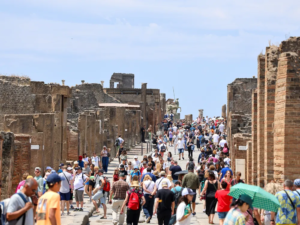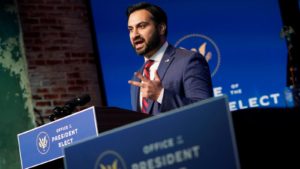When schooling resumes, some pupils could have nowhere to go
Five dollars buys a month’s education at Rafiq Siddiqui’s private school, which serves the children of migrant workers living in a slum in Mumbai. But its corridors have been silent since March, when officials battling covid-19 closed schools across India. Mr Siddiqui, the principal, thinks almost 40% of his 900 pupils have left the city as their parents look for new jobs. The rest are “whiling away their time” at tea stalls and bus stops, seeking respite from the one-room dwellings many have to share with their families. Mr Siddiqui is trying to offer them online classes, but not many have easy access to smartphones. “We are going through a very long tunnel with no light at the end of it,” he says.
India’s education system was failing its children long before covid-19 forced them out of their classrooms. Only about 55% of the country’s ten-year-olds can read and understand a simple story, reckons the World Bank. The last time India’s children participated in internationally comparable tests, they ranked almost last out of 74 countries. The most recent large survey of staff attendance, in 2010, found that almost a quarter of public-school teachers were absent. In the state of Jharkhand the figure was close to half.




